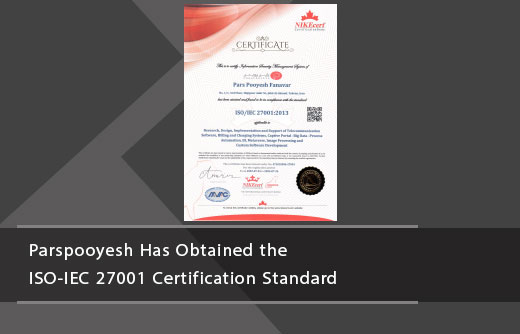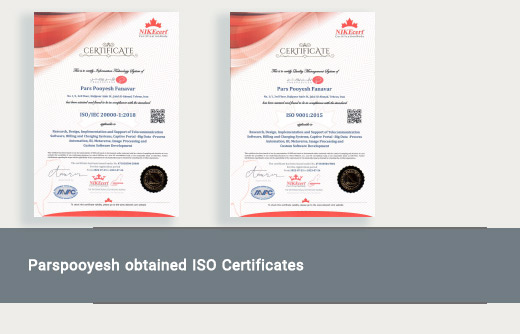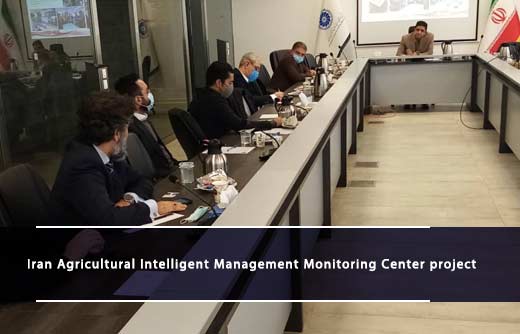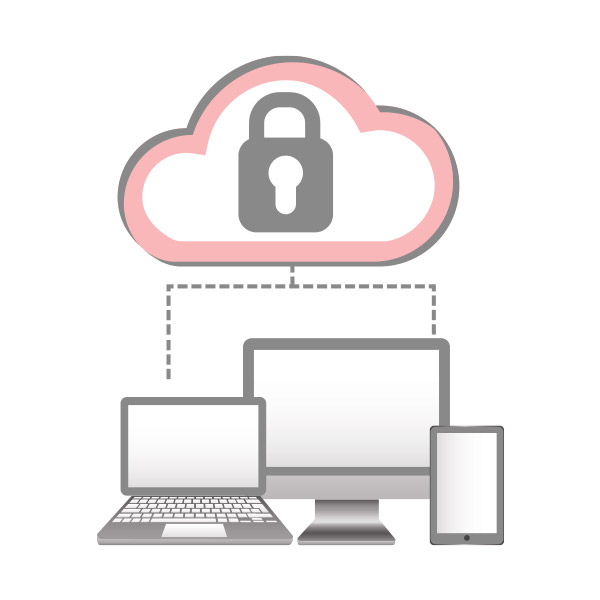Today, companies make various investments in cloud solutions to speed up growth and development and turn old applications into something usable. However, the path to the goal can be full of unknown obstacles that create excessive risks for organizations. Cloud environments are often connected using APIs, custom coding, and other methods, all of which add complexity.
This complexity can significantly increase risk and make organizations vulnerable to cyber-attacks. Understanding cloud spaces' creation, connection, and management help organizations reduce risks and attack levels.
Creating Situational Awareness
Business management expert Peter Drucker has a famous quote: "You can't manage what you don't measure." Measurement is one of the essential tools for managing a complex cloud environment. Organizations should take an important step to measure their infrastructure by creating an inventory of systems, applications, and users.

There are also many measuring methods, from manual to automated tools, to help drive the process forward. Most companies use a combination of both approaches. Choosing the proper management and monitoring tools, especially in cloud environments, is one of the problems that most organizations struggle with. These environments use APIs to integrate disparate technologies and typically have monitoring and management tools.
These tools should provide a unified and centralized view of the organization's infrastructure. However, people often strike a false balance between deploying multiple clouds and managing various data centers, which can lead to choosing the wrong tools. The tools and skill sets for cloud and data center management are entirely different, and not knowing about them can lead to bad decisions and derail the organization. Some organizations may also be forced to purchase new tools or refer to specialists for the integration of tools.
Minimize Mistakes
Organizations that want to implement cloud solutions quickly may confuse many experienced professionals. Minimizing mistakes means setting goals and creating different plans. Those who want to implement a cloud solution must clearly understand the business motivation, stakeholders, and desired outcomes.
With the flexibility and speed of the cloud, HR can bypass many security measures. Creating these practices requires programs that incorporate cybersecurity. Actions such as making a new feature or granting access without proper cybersecurity controls increase risk and vulnerability.
Adding external users can lead to unexpected cybersecurity issues and increase potential attack levels (for example, when an organization grants external access to a vendor or partner). Before providing such access, organizations should consider whether a third party could make unauthorized changes or gain access to confidential information.

Among the measures that can be taken to prevent problems, we can mention the definition of security policies, establishing a multi-factor authentication system, access audit, and awareness of threatening environments. Training on cyber issues also helps internal employees to make the right decisions when faced with such problems.
Have a Continuous Process
As mentioned earlier, clouds are highly flexible and allow people to implement changes quickly. New services can often be activated with a simple command or a click. However, this simple thing can create unexpected complexity. Additionally, change can have cascading effects that add risk and complexity to cloud management.
It should be noted that mitigating risk using a set-and-forget approach is no longer appropriate for cloud security. Organizations must have a fluid and flexible approach to the nature of the cloud. In addition, developers today also can constantly change, update and expand cloud environments.
By adopting continuous processes that introduce controls into the development and deployment process, organizations can inject security into the development process. Keeping security controls up-to-date is one of the most critical issues in this process. It can be an overwhelming task that ultimately slows the pace of making changes.
Several tools automatically validate generated code, test it, and identify potential problems in real time. These tools use automation to minimize the possibility of interference in the process. Although this type of automation does not increase the cloud environment's security, it improves flexibility and optimal use of time.
Adopting multi-cloud, hybrid, or public solutions should not be a step into the unknown. Companies can ease the transition to cloud spaces and avoid risks by implementing policies and controls and using automation for cloud adoption. Having proper cloud management control helps reduce risks. Additionally, with the right tools in place, companies may be able to tap into more opportunities for business growth.









